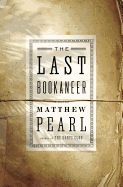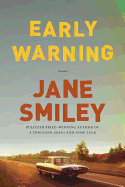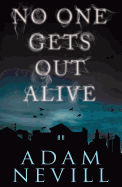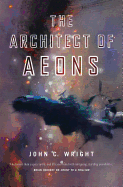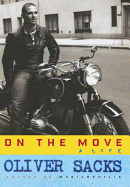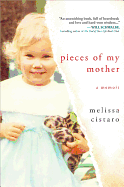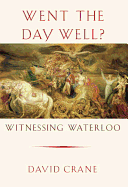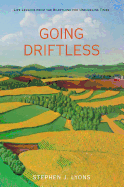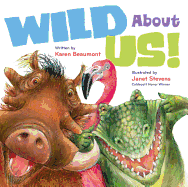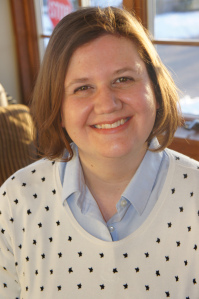 |
| photo: Susana Ramirez |
Sandy Hall was the first author selected for publication from the Swoon Reads site, a Web-based writing platform. A Little Something Different (August 2014) is her debut novel, and next month, she'll be touring with three other Swoon Reads authors. By day, she is a teen librarian who lives and works in New Jersey.
We recently spoke with Hall about her editorial process and the Swoon Reads community.
How much did the comments of your readers at Swoon Reads influence the shaping of your book--the structure (a month-by-month unfolding of Gabe and Lea's gradual connection), the 14 (! If you count Squirrel) characters who tell Gabe and Lea's story, particular scenes or dialogue exchanges, the pacing?
The biggest change that came from the comments on the site was definitely cutting down the number of characters from 23 to 14. That was one of the things that, even if the manuscript hadn't been chosen for publication, I would have changed, thanks to the various comments from insightful readers on the site.
What made you decide to tell the story of Gabe and Lea's romance through the perspectives of the people around them?
I just really loved the idea of writing a traditional romance in an untraditional way. This is the kind of story that has been told over and over again, but you rarely, if ever, get to hear about it from outside of the couple. I knew I had never read or heard of anything like it before, so it was a little bit of the old writing advice of "write the book you want to read."
 How did you keep those 14 voices distinct?
How did you keep those 14 voices distinct?
A lot of that came together in the editing process. After we culled the voices down from 23 to 14, my editor and I worked on giving each of them a distinct voice and also a mini-story arc. Not anything too complex, but just so that each character had a beginning, middle and end to their parts in the story.
You had feedback from your readers as well as your editors, once your novel was selected. In the end, did the process make you feel more confident (having already earned the blessing of your readers) as publication neared? Or is it hard to ever leave behind the anxiety that comes with the anticipation of being officially "published"?
I think it's impossible not to get anxious about a story being officially published. It felt good to know that there were readers out there who had already enjoyed it, but they were readers who were seeking out a community like Swoon, they were already big YA romance fans. It's a lot scarier to think about a more general audience reading your story. There's also this weird feeling like people are reading your mind when they read your book. Or maybe that's just me overthinking the whole process.
Have you continued to stay involved with the writers on Swoon Reads (aside from the upcoming tour)? Do you feel like one of the "Wise Elders" as the first to be published in the Swoon Reads imprint?
I can't say I feel particularly "wise," but it's really nice to be a part of an awesome group of writers. We do stay in touch through e-mail and social media. There's so much support there. I feel like we can all really learn from each other.
Tell us about the Swoon Reads community.
The community is, in a word, helpful. Everyone involved is so interested in YA romance, whether they're readers or writers or both. There's so much insight over there. Sometimes I just love going through comments on other people's manuscripts, even if I haven't read the story, because I love seeing what people are getting out of a particular novel.
What are you most looking forward to about the Swoon Reads tour this spring?
I've actually never been to the West Coast so I'm really excited to go to San Francisco and Seattle!
As a librarian, you've been surrounded by books for your entire career. Can you describe the differences (or similarities) between the "real" world of interacting with book lovers, and the "virtual" equivalent?
The thing about book lovers, whether online or in real life, is they are passionate and intelligent. I feel like I adjusted really easily to the world of publishing thanks to my years working as a librarian, because when you have a love of books in common, there's always something to discuss and bond over.
Sandy Hall: Writing a Traditional Romance in an Untraditional Way
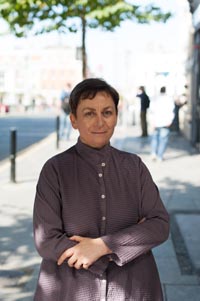
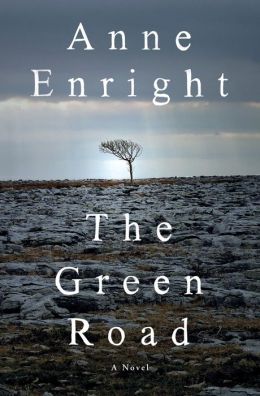




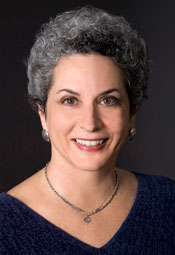
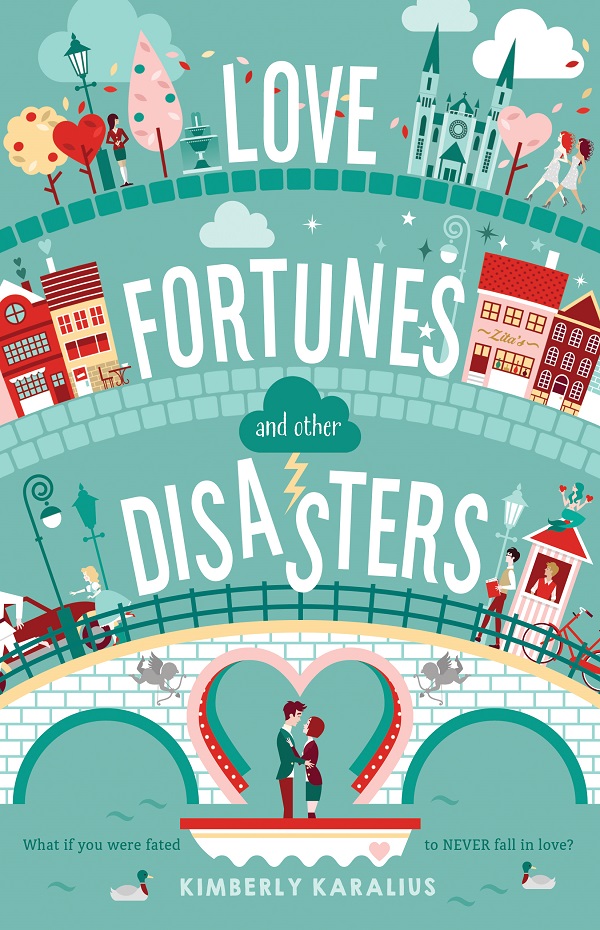
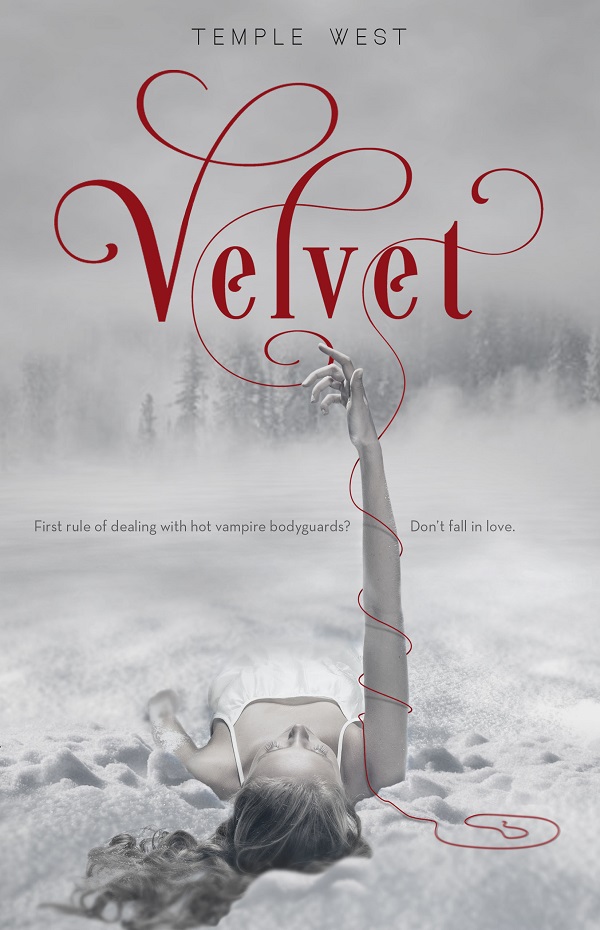
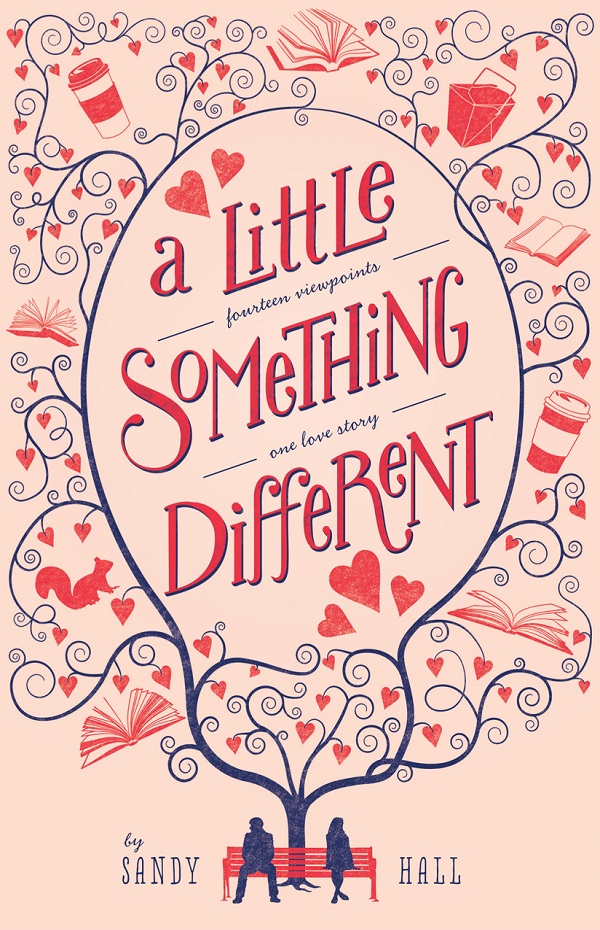
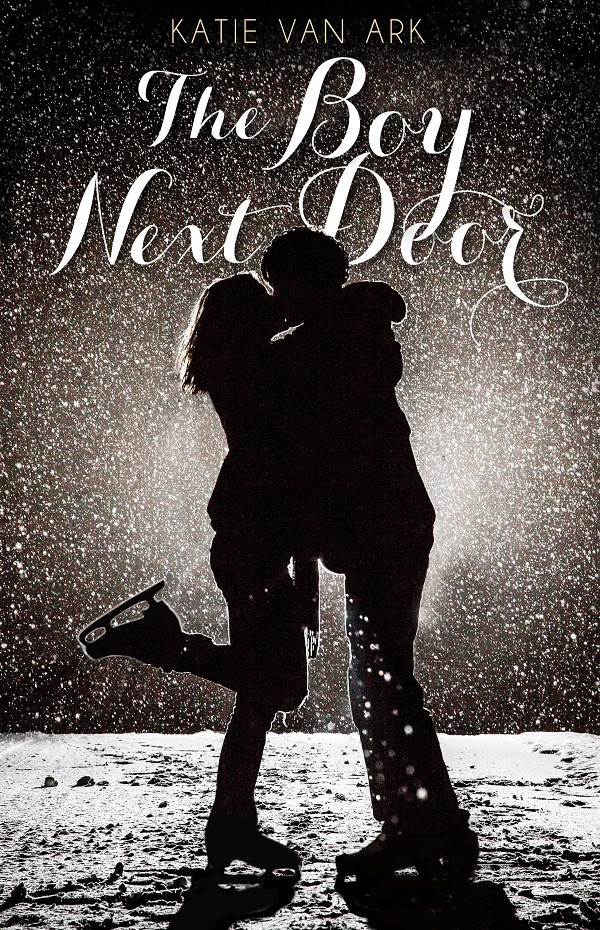
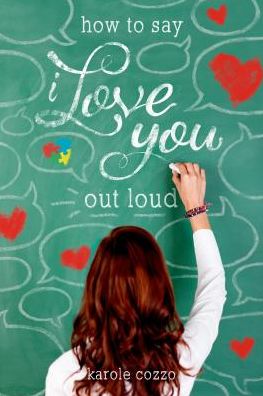

 How did you keep those 14 voices distinct?
How did you keep those 14 voices distinct?